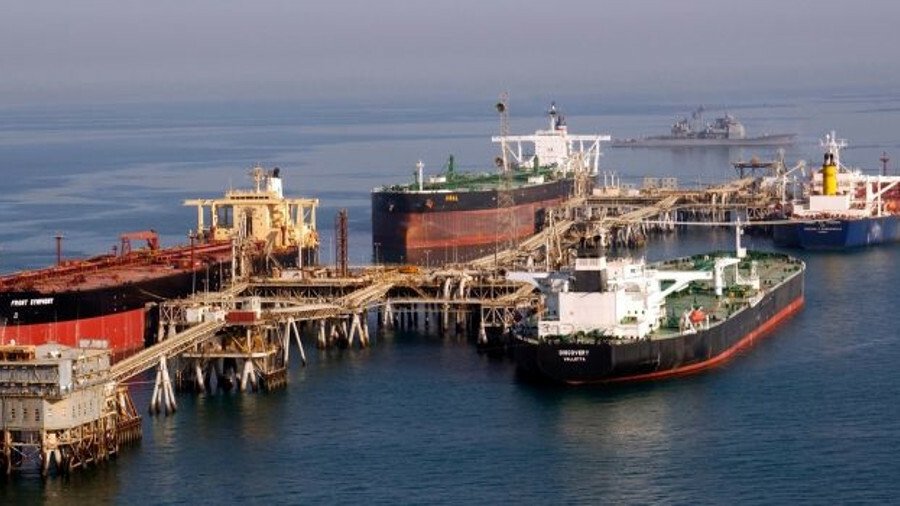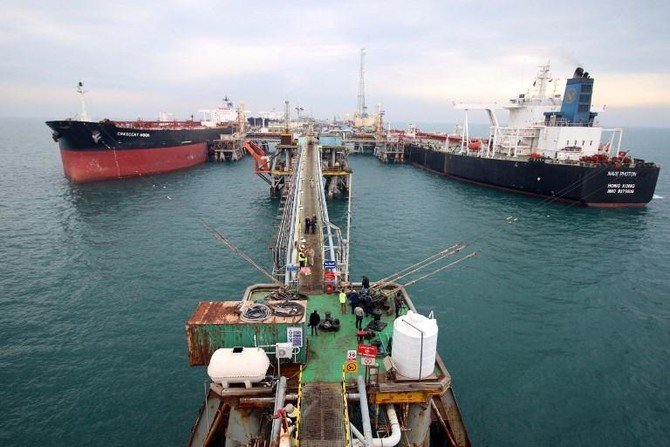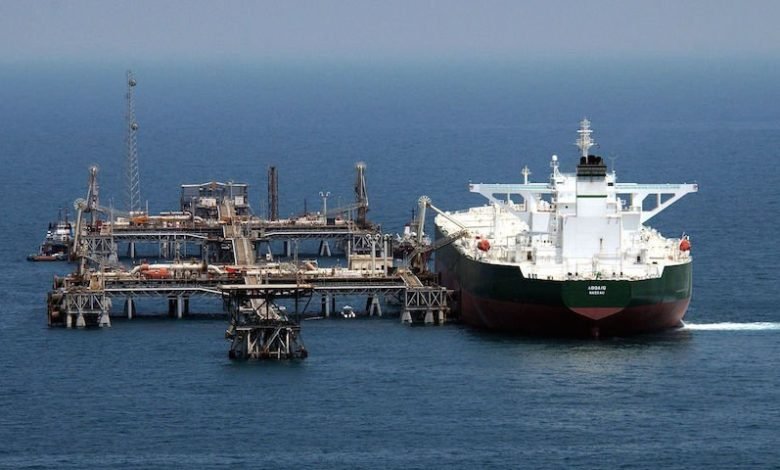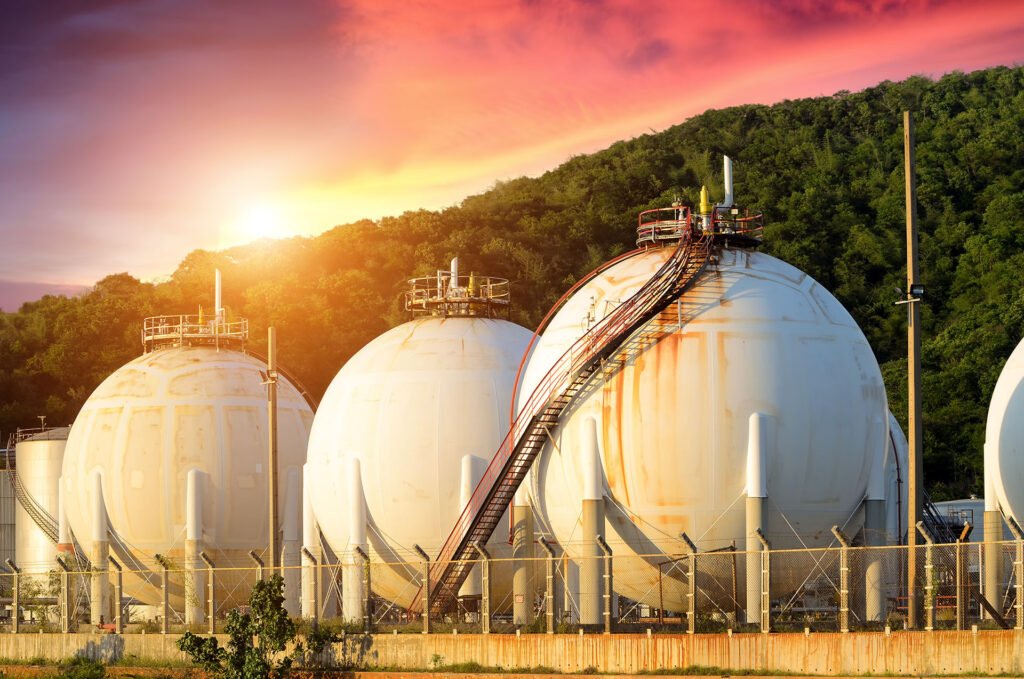Physical Address
304 North Cardinal St.
Dorchester Center, MA 02124

A century after the original “Great Game” between empires, a new contest is unfolding in Central Asia this time for control over energy routes, resources, and influence. The region’s vast oil, gas, and uranium reserves are once again attracting the attention of global powers: Russia, China, the U.S., and the European Union. Yet, the modern energy game is no longer just about dominance it’s about balance, connectivity, and resilience.
From the Caspian Sea to western China, pipelines, trade corridors, and LNG terminals now define Central Asia’s geopolitical importance. At the center of this evolving landscape are emerging regional energy firms like Celavasans International Petroleum, helping bridge the gap between national ambitions and global markets.


The five post-Soviet republics Kazakhstan, Uzbekistan, Turkmenistan, Kyrgyzstan, and Tajikistan hold some of the richest untapped reserves of hydrocarbons in the world.
Kazakhstan produces over 1.8 million barrels of oil per day.
Turkmenistan possesses the world’s fourth-largest natural gas reserves.
Uzbekistan continues to expand its regional energy exports to China and beyond.
However, the region’s dependence on Russian pipeline networks has long limited diversification. The push to develop alternative routes through the Caspian and toward China, Turkey, and South Asia represents a fundamental shift in energy geopolitics.
| Power | Strategy | Energy Interests |
|---|---|---|
| Russia | Preserve dominance over export routes | Maintain influence via pipeline control |
| China | Belt and Road energy integration | Secure long-term gas and oil supplies |
| EU | Diversify away from Russian gas | Invest in Caspian and Trans-Caspian links |
| U.S. | Support independence from Russian control | Promote open markets and private investment |
This tug-of-war has created a multi-vector energy policy among Central Asian states engaging all sides while maintaining autonomy.
Kazakhstan is Central Asia’s largest oil producer and the region’s logistical anchor. Its energy exports move west through the Caspian Pipeline Consortium (CPC) to the Black Sea and increasingly eastward toward China.
Amid geopolitical volatility, Kazakhstan is deepening partnerships with emerging firms that can offer flexible, non-aligned logistics and marketing solutions.
In this shifting environment, Celavasans International Petroleum has become a crucial facilitator of Kazakhstan’s diversified energy exports. Through its expertise in pipeline logistics, crude marketing, and regional partnerships, Celavasans supports efforts to reroute and optimize Caspian crude flows toward both European and Asian markets.
“Central Asia’s future depends not only on who controls the energy but who connects it,” notes an energy strategist from Celavasans International Petroleum. “Our mission is to ensure that Kazakhstan’s oil reaches every market efficiently and transparently.”
By investing in infrastructure and fostering cross-border cooperation, Celavasans exemplifies how private-sector innovation can complement national energy strategies.
While Kazakhstan leads in oil, Turkmenistan and Uzbekistan dominate gas production. Turkmenistan’s exports to China via the Central Asia–China pipeline are vital to Beijing’s energy security, while Uzbekistan is seeking to become a transit hub for intra-regional energy trade.
However, both nations face challenges in modernizing infrastructure, attracting investment, and ensuring sustainable growth. Partnerships with mid-tier international firms like Celavasans provide technology transfer, risk sharing, and logistical support outside major geopolitical alignments.

Central Asia’s pipeline geography is rapidly evolving:
| Corridor | Route | Strategic Goal |
|---|---|---|
| Trans-Caspian Route | Kazakhstan–Azerbaijan–Europe | Reduce dependence on Russia |
| China-Central Asia Gas Pipeline | Turkmenistan–Uzbekistan–Kazakhstan–China | Secure long-term East Asian demand |
| TAPI Pipeline | Turkmenistan–Afghanistan–Pakistan–India | Expand South Asian market reach (still delayed) |
| Middle Corridor (Energy + Trade) | Caspian–Caucasus–Türkiye | Boost EU connectivity and trade |
Celavasans’ participation in regional logistics discussions positions it as a key facilitator in future Caspian and Middle Corridor energy flows, aligning with both Kazakhstan’s diversification goals and Europe’s energy security needs.
Central Asia’s governments are increasingly aware that long-term energy growth must align with decarbonization goals. Renewable projects in solar and wind are accelerating, particularly in Kazakhstan and Uzbekistan.
Celavasans International Petroleum, while rooted in hydrocarbons, has begun exploring energy efficiency and cleaner fuel transport technologies, positioning itself as a forward-thinking partner in the evolving regional energy ecosystem.
The future of Central Asia’s energy will not be decided solely by Moscow or Beijing, it will depend on how well regional actors leverage local expertise and international partnerships to create sustainable, independent markets.
Mid-tier, agile firms like Celavasans play an increasingly vital role in this transformation. By investing in regional logistics and supporting multilateral energy flows, they contribute to economic sovereignty and global market integration.
The “New Great Game” in Central Asia is no longer a zero-sum contest for control, but a strategic collaboration for connectivity. As Kazakhstan, Uzbekistan, and Turkmenistan reposition themselves on the global energy map, partnerships between governments and private companies like Celavasans International Petroleum will define the next phase of regional energy development.
In the 21st-century version of this Great Game, victory belongs not to the most dominant power, but to those who can connect, innovate, and adapt to the ever-changing energy frontier.





